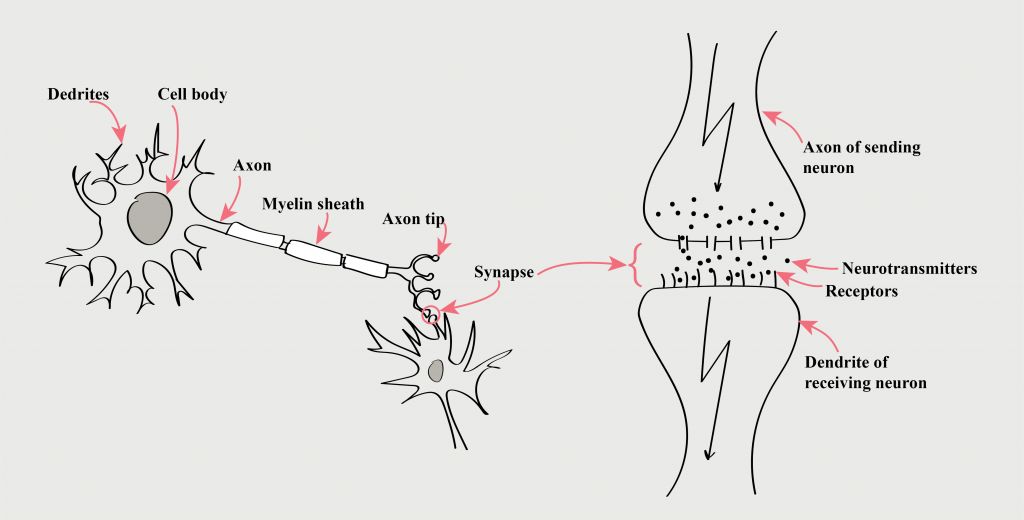CQ10: Does creativity involve unconscious processes?
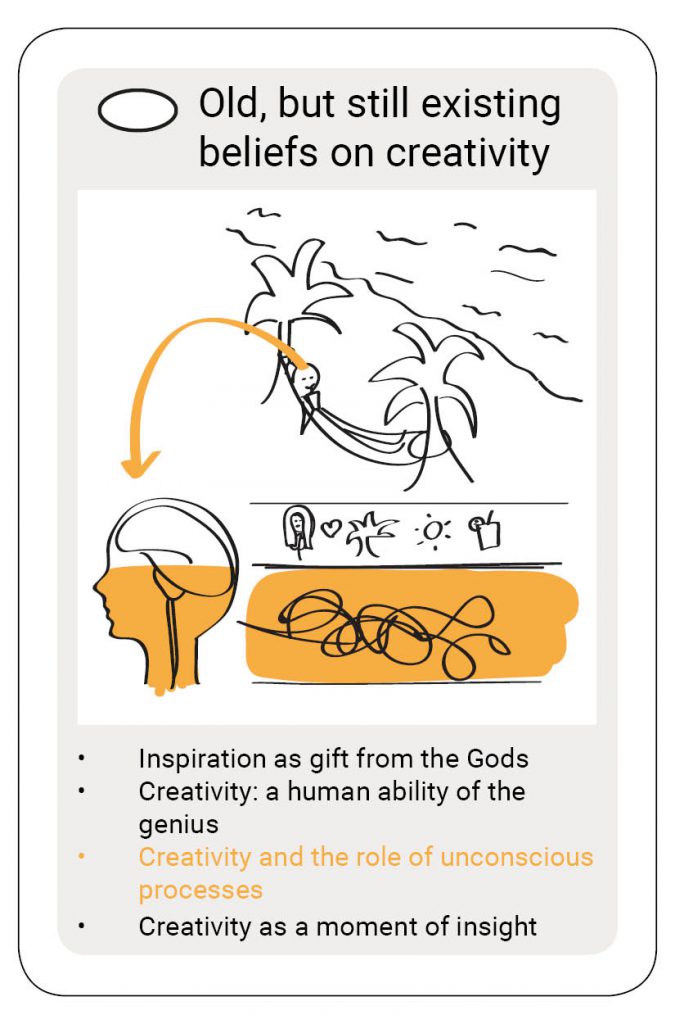 Many of us believe there is a role for the unconsciousness in creativity, at least to some extent. Why do we believe that? Is it true or not or maybe partly? We will find out!
Many of us believe there is a role for the unconsciousness in creativity, at least to some extent. Why do we believe that? Is it true or not or maybe partly? We will find out!
Important in this context is the definition of creativity. When I discuss creativity in relationship to unconsciousness, creativity means finding the thought that turns out to be key to solve a problem. An important piece of the puzzle. That is, in my opinion, a limited definition of creativity, but it is the definition used by the scientists you find in this article. So, I’m going with it, though I don’t agree with the definition.
Freud’s psychoanalytic theory is our starting point for the relationship between creativity and our unconsciousness. That means we go back around a hundred years*.
* There was more on the unconsciousness before Freud, but same as for Guilford and divergent thinking (CQ4), Freud was the one that described it in a way it could become popular (Runco, 2014: p30).
Freud
Sigmund Freud (1856-1956), who doesn’t know him, one of the most famous psychologists of the previous century. I will focus on his ideas on creativity in which he uses his division of primary thinking processes and secondary thinking processes. The primary thinking processes are unconscious, the secondary thinking processes are conscious. The primary thinking processes are emotional, uncontrolled, instinctive, and the secondary thinking processes are rational, controlled and logical (Noppe 2011; Weisberg, 2006). For artists, their act of creation is way out for emotions, sexual and aggressive drives from the unconsciousness, that remained suppressed and doesn’t get a chance to get out through the conscious mind (Noppe, 2011; Weisberg, 2006).
Secondly, according to Freud, the creator could not tell, in retrospect, where the unconsciousness ideas came from (Weisberg, 2006). So basically the unconsciousness was responsible for a great painting, you only needed the skills to paint, which is something out of Freud doesn’t discuss. In that way, his theory of creativity equals Plato’s as the Bicameral mind (CQ8). It is a romantic view (expressing of emotion, CQ9) in which the Muses are replaced with the unconsciousness (Rothenberg, 1979). Freud contributed to the idea that insanity and creativity are related to each other (Weisberg, 2006).
See figure below to summarize Freud’s idea of coming to creative thought or act. The triangle is a creative result of an unconscious process. The magic wand represents the idea that the person cannot explain in retrospect where this creative result came from. It was, in that sense, magic.
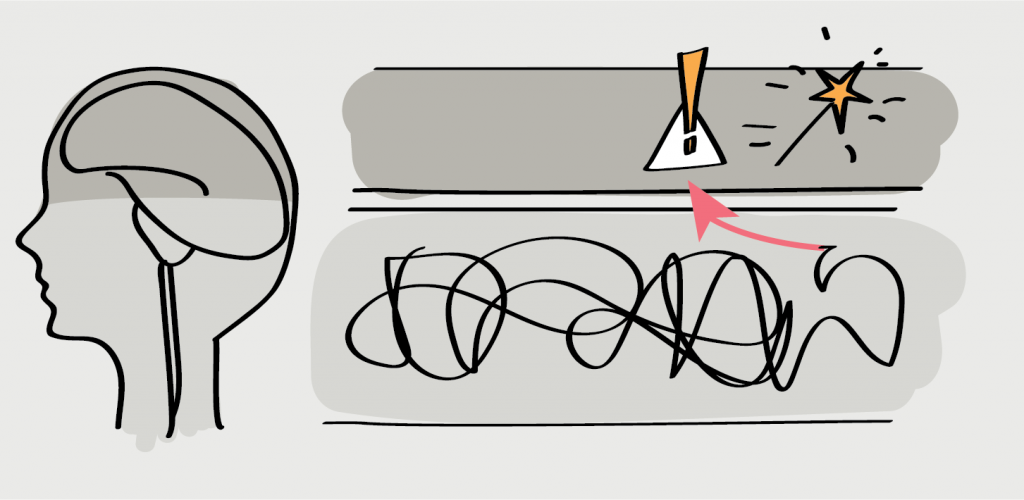
As Freud paved the way for the unconscious mind to play a role in creativity, it was Henri Poincaré who gave us the role the unconsciousness plays in creativity as we believe it now.
Poincaré
Henri Poincaré (1854-1912) was a French mathematician and philosopher, and apparently a brilliant man. He was also important for our understanding of creativity. Weisberg (2006, p389) says that:
‘it could be argued that modern psychological study of creative thinking began with Poincaré (1854-1912).’.
Poincaré kept a record in a diary of how he got ideas for mathematical solutions. His theory on a creative process is based on his investigation of his own mind, using self-reports. He has written it down in ‘Science and Method’ as part of The Foundations of Science. The book is available on Amazon and you can download it for free here.
According to Poincaré your conscious and unconscious work parallel, meaning they operate at the same time. Tunconsciousous mind is always busy combining and building ideas. Only the ideas that are will come into the conscious mind. And in hindsight, you can reason where the idea came from (Poincaré, 1913: pp386-393). See the figure below as a representation of Poincaré’s theory.
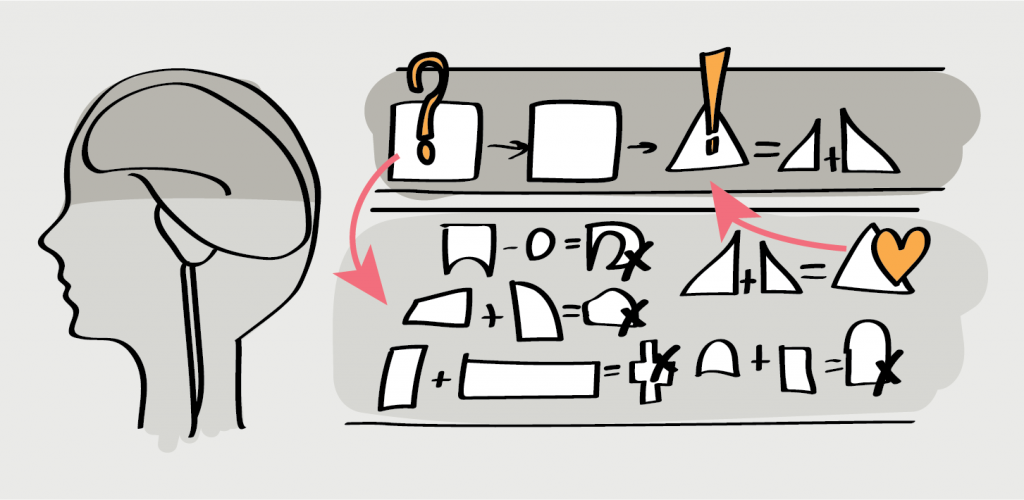
This is where Poincaré’s theory is different from Freud’s because according to Freud you would not be able to understand how an idea was formed in hindsight (Weisberg, 2006).
Poincaré also argues that the conscious give some restrictions to the unconscious at forehand, because there are so many combinations possible in the unconscious mind. Working on a specific topic triggers the atoms to move and therewith greaten the chance to collide (Poincaré, 1913: p 389). This also different from Freud’s. According to Poincaré these beautiful combinations only come to the surface after a period working on the topic, this was not part of Freud’s idea on creativity in which creativity is an outlet of suppressed emotions (Weisberg, 2006) a period of hard work had ‘nothing’ to do with it.
Kris
Ernst Kris (1900-1957), a neo-psychoanalytic (student of Freud), gave more credit to the consciousness than Freud. Creativity is an oscillating process between the consciousness and the unconsciousness is what Ernst Kris stated in 1952 (Noppe, 2011). Where the unconsciousness phase allowed for ideas to get some space in one’s mind. In this phase, there is a breakdown of rational barriers to alow external inspiration to enter the brain. He calls this the “regression in service of the ego” (Noppe, 2011; Dacey, 2011) which is a controlled way to access the primary thinking process (Russ & Dillon, 2011). In the conscious phase, ‘the constraints of reality are meaningfully imposed to select and synthesize the critical themes of a problem’ (Noppe, 2011: p499).
See the picture below to represent Kris’s theory on creative acts.
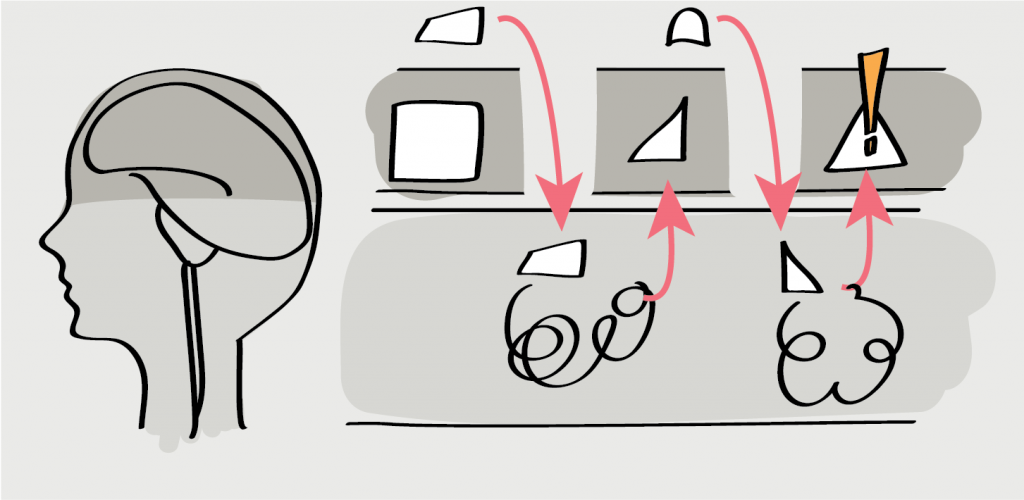
I cannot find if he said anything about how this unconscious processing worked, whether it was associative or random or anything else. I also don’t know if he believed that you would be able to understand where the idea came from in retrospect. I think his theory was worth mentioning because of the oscillating character of it. Unconscious or not, when we indulge ourselves in a creative process we follow this process of thinking/doing, then we need some external input, we leave it be, we think about it again, etc. Kris’s theory seems like a more circular approach than Freud’s or Poincaré’s.
Next up is Donald Campbell.
Campbell
Remember Darwin? Well, Donald Campbell uses Darwin’s idea of survival of the fittest as an analogy for ideas. According to Campbell creative thought is a process of ‘blind variation and selective retention’ (Campbell, 1960).
The word ‘blind’ holds three ‘essential connotations’ (Campbell, 1960, p. 381):
‘the variations emitted be independent of the environmental conditions of the occasion of their occurrence’
and
‘the occurrence of trials individually be uncorrelated with the solution’
and
the ‘rejections of the notion that a variation subsequent to an incorrect trial is a “correction” of the previous trial or makes use of the direction of error of the previous one.’
Thus, according to Campbell, there is no relation between the solution and the blind variation (like there is in Poincaré’s theory), there is no relation between the blind variations and there is no relation between the environment and the blind variation (like there is in Kris’s theory).
He says these relations are not possible because if that was so, no really true new ideas could come about (Weisberg, 2006). Campbell states: ‘the greater the heterogeneity and volume of trials the greater the chance of a productive innovation’ (Campbell, 1960: p395)
Selective retention means that the ideas that have the best chance of succeeding, at least according to your unconsciousness, will enter the consciousness (Campbell, 1960). See the figure below to demonstrate blind variation and selective retention.
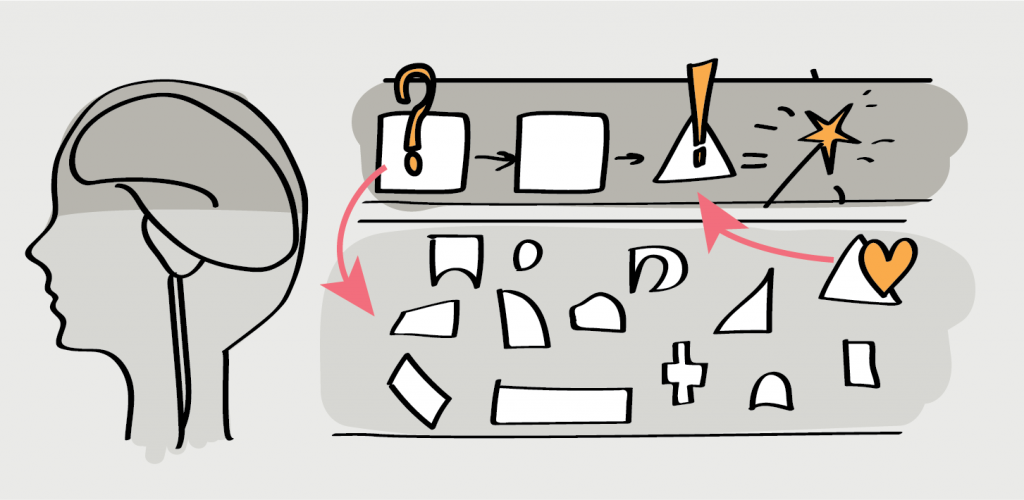
What else?
Freud, Poincaré, Kris and Campbell represent only four theories on the role of the unconsciousness. There are many more variations on these theories of the unconsciousness.
For example, Arthur Koestler, who coined the term bisociation in 1964, uses the unconsciousness to explain bisociation. I will get back to him and bisociation in chapter six.
Most famous for creativity practitioners is the concept of Flow from Csickzentmihaly, who is following Poincaré’s concept that associations happen in our unconsciousness.
Most famous for creativity theorists is Simonton’s theory of ‘chance configuration permutation’.
I won’t go into these theories because the role of the unconsciousness holds a similar position as in the explained theories above. In fact, nowadays, most theorists agree that something must happen in our unconsciousness that contributes to generating that idea that help to solve the problem (=creativity in this context). The exact role of the unconsciousness remains questionable (Noppe, 2011).
Though that might have been a nice conclusion for this article, we are not done yet.
You got to read Weisberg (2006) to find some critique on the role of unconsciousness in creativity. He questions the validity of research confirming that there is a role of the unconsciousness, and his argumentation is rock solid.
However, just because something is not scientifically (read empirically) proven doesn’t make it untrue! Maybe we can find more answers in neuroscience. I mean, we talk about unconsciousness we have to involve knowledge of our brain. There might be evidence in that discipline we can use to overthrow Weisberg’s (2006) argument of the lack of scientific proof.
The neuroscience of the unconsciousness and creativity
I find myself on slippery grounds here. I’m a noob when it comes to brain stuff. Carsson (2010) gives a great introduction to creativity and the brain. And Dietrich (2004) gives us the words we can use to separate conscious creativity and unconscious creativity: respectively deliberate creativity and spontaneous creativity. I’m going with them.
Let me first get rid of the myth that creative thinking is a right hemisphere activity and rational thinking is a left hemisphere activity. Yes, there are two hemispheres and yes the right hemisphere controls the left part of you body and vice versa (Carson, 2010). And yes, the left and right hemisphere hold different specialties. But, creativity is about connections between neurons and that is not an honor preserved to the right brain alone (Carson, 2010). This is known by scientists for decades, but somehow people keep believing it. Stop doing that now!
High school explanation of our brain
You can skip this part if you know the brain basics. If you read this part on high-school brain explanation bear in mind that I’m taking a fast way and will skip many details. Also, our knowledge of our brains is still limited.
Neurons that process information
According to Carson (2010), our brains contain neurons that form connections with each other to process information. These neurons consist out of a nucleus (a cell body), dendrites (like branches of a tree), an axon that is covered with myelin sheath (like a copper wire with plastic) and, this axon ends in synapses. Neurons connect with each other through a synapse of one neuron and the end of a dendrite from another neuron. This connection happens through chemicals we call neurotransmitters. See the figures below as an overview on how this works, based on Carson (2010).
By the way, the cells have a greyish color and the myelin sheath has a whitish color (Carson, 2010). So when people talk about gray matter they talk about the cells of the neurons and if they talk about white matter, they talk about the connections between the neurons.
Memories
According to Carson (2010), when we think back of an event it is not that particular part of the brain is activated, it is more of a network of neurons that are activated. Parts of the memory are stored in a different location in the brain and activating one neuron will activate the next etc. If you think of a memory more often the connections between these neurons will grow stronger, sort of making high-ways in your brain. And with every experience and learning moment, we create new dendrites and new connections between neurons. That means that the next time we think of the same memory, the neural connections will have changed, due to new connections that were formed in the meantime.
The Prefrontal Cortex
Brain researchers have divided our brain into regions that sort of have the same structure in all our heads, these are called lobes. Covering the frontal lobe, behind our foreheads is where we find the prefrontal cortex. Cortex is a thin layer of neuron cell bodies that cover the brain.
The Executive Center
As you might have expected this prefrontal cortex is not one cortex, it can be divided into smaller cortexes. Important for our discussion of deliberate and spontaneous (or consciousness and unconscious) creativity is the Executive Center, scientifically called the Dorsolateral Prefrontal Cortex (DLPFC) (Carson, 2010).
The executive center is the authoritarian executive of our brains, this center says what goes. Our working memory is controlled by the executive center. The executive center decide what to focus on, thinks things through, enables us to break away from one line of thinking to follow another one and, ‘the executive center decides when to spend out other way and let lower-order areas of the brain have a center stage to present their ideas’ (Carson, 2010: p47).
My conclusion is that the executive center controls our conscious thinking. Moving on to deliberate and spontaneous creativity.
So, does creativity need the unconscious, yes or no?
Dietrich (2004), gives an overview of the cognitive neuroscience of creativity. He theorizes that there are two processes modes of information that can lead to creative insight: deliberate and spontaneous.
All the psychologists mentioned above leave room for the spontaneous processing mode, and Weisberg is amongst others (Dietrich, 2004) that suggest that creativity is a deliberate process, Guilford (CQ4) is also part of this list according to Dietrich (2004).
Dietrich(2004, p1016) suggests that both are possible:
‘the main difference between deliberate and spontaneous modes of processing is the method used to represent the unconscious novel information in working memory. While deliberate searches for insights are instigated by circuits in the prefrontal cortex and thus tend to be structured, rational, and conforming to internalized values and belief systems, spontaneous insights occur when the attentional system does not actively select the content of consciousness, allowing unconscious thoughts that are comparatively more random, unfiltered, and bizarre to be represented in working memory.
When we look at our brain, only a small part of a small part of our brain is conscious. That leaves the majority of our thinking to the unconscious. So yes, creative insight is possible without the unconscious. But given the fact that the majority of our brain is functioning unconsciously, the chance that creative insight happens through some unconscious processes seems a lot greater.
The fact is, there are even brain cells in our guts (Runow, 2011)! I love this final fun fact, that gives a rational reason to be ‘irrational’ and follow our gut feelings…uh, gut thinking I should say.
Also when we look at techniques we use to enhance creativity in workshops, some are based on connecting a random stimulus to the problem, in order to create new ideas. In that way, we try to trigger the consciousness the same way the unconsciousness would do it.
What’s next?
I already mentioned insight in this article. Next article I will devote to the moment of insight, that became a substantial theory through Gestalt psychologists. I completely ignored the word incubation, which is also often mentioned in relation to the unconsciousness. I will have an entire article dedicated to incubation in a few weeks when discussing Wallas’ four (or five) stages of the association process. Below you will find next week’s card.
Willemijn
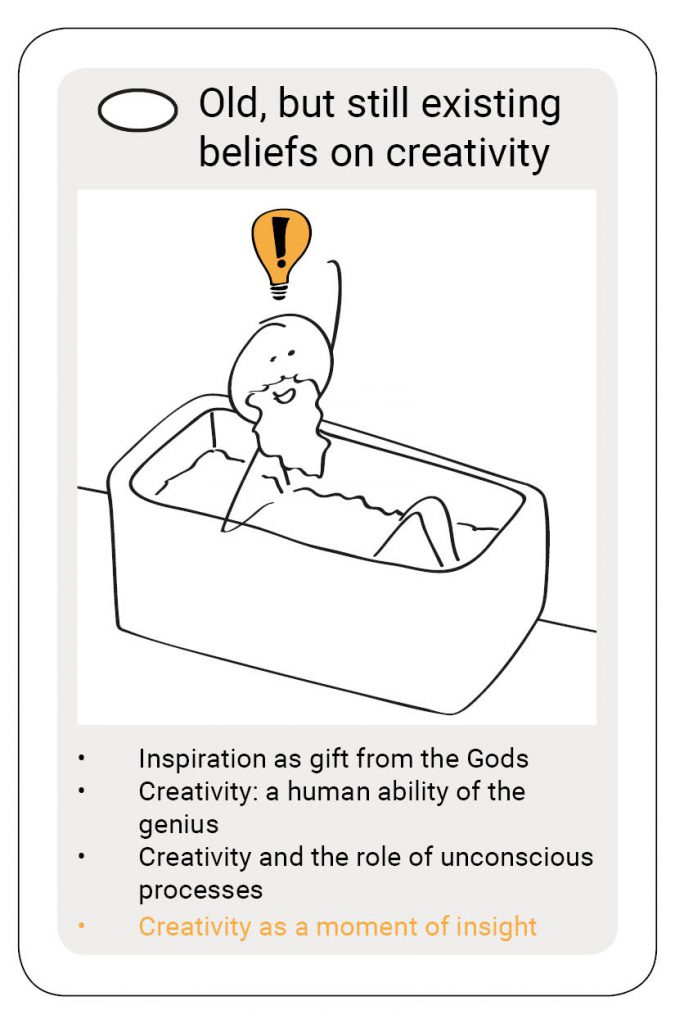
The creativity quartet combines my knowledge of and experience with creativity. Just like any other person I have experience with creativity as long as I live, but more deliberate when I started studying Industrial Design Engineering in 2001. I have over fifteen experience in facilitating and training creativity. My interest in creativity theory started in 2015. And I’m currently looking into doing promotional research on creating an overview of creativity theories. What you read in the articles are my interpretations of the truth. If you have something to add to that, please do so. Ending with my favorite quote on creativity by Maya Angelou:
“You can never use up creativity. The more you use, the more you have.”
References
- Campbell, D. T. (1960). Blind variation and selective retentions in creative thought as in other knowledge processes. Psychological Review, 67(6), 380-400.
- Carson, S. (2010). Your Creative Brain: Seven Steps to Maximize Imagination, Productivity, and
Innovation in Your Life. San Francisco: Jossey-Bass. - Dacey, J. (2011). “Historical Conceptions of Creativity”, in Encyclopedia of Creativity: Second Edition, eds. Runco, M. A. and Pritzker S.R., London, UK: Academic Press, 2011, Vol 1. pp. 608-616.
- Dietrich (2004). The cognitive neuroscience of creativity. Psychonomic Bulletin and Review, 11(6), pp. 1101-1026.
- Noppe, L. D. (2011). “Unconsciousness”, in Encyclopedia of Creativity: Second Edition, eds. Runco, M. A. and Pritzker S.R., London, UK: Academic Press, Vol 2. pp. 497-502.
- Poincaré, H. (1913). The foundations of science. Lancaster, PA: Science Press.
- Rothenberg, A. (1979). The emerging goddess. The creative process in art, science, and other fields. Chicago: University of Chicago Press.
- Runco, M. A. (2014). Creativity: Theories and themes: Research, development, and practice. Second edition. Oxford, UK: Academic Press.
- Runow, K-D. (2011). De darm denkt mee: hoe bacteriën, schimmels en allergieën het zenuwstelsel beïnvloeden. Eeserveen, The Netherlands: Uitgeverij Akasha.
- Russ, S. W., and Dillon, J. A. (2011). “Associative theory”, in Encyclopedia of Creativity: Second Edition, eds. Runco, M. A. and Pritzker S.R., London, UK: Academic Press, Vol 1. pp. 66-71.
- Weisberg, R. W. (2006). Creativity: Understanding Innovation in Problem Solving, Science, Invention, and the Arts. New Jersey: John Wiley & Sons Inc.
Tags:
SUGGESTIONS FOR FURTHER READING

CQ1: ‘Creativity is a lazy word’
Firstly, I wish you a happy, healthy and a h…[fill out your own h-word] 2020! Secondly, starting today I will post an article on creativity on my we

CQ13: Could Einstein paint like Picasso?
Could Einstein paint like Picasso? No. And Picasso was no brainiac like Einstein was. We give both men credit for their great creative contributions,
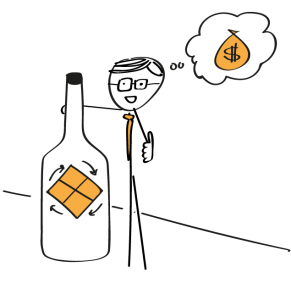
CQ23: Creative Problem Solving, the ins and outs
As the term implies, CPS is a method to train people on how to enhance their creativity and become more ‘creative’ problems-solver. I am positive that
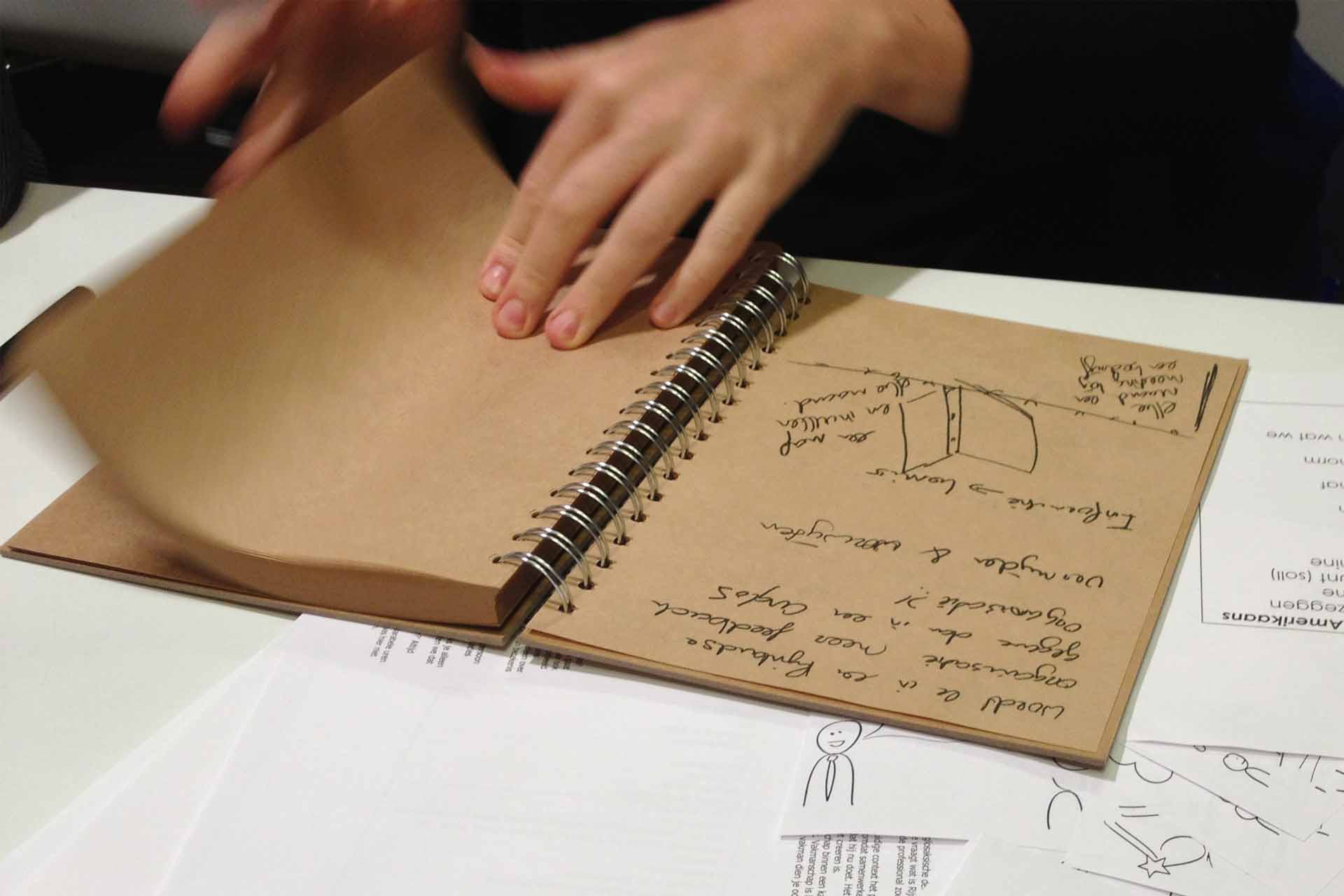
Title photo
Inspiration for inspiration
Would you like to receive the Creativity Quartet 2020 as inspiration? Think about how you can inspire us. For example, we have a coffee, you send us a book or article, link us to a person, point us to a website, etc. Leave your name and e-mail address and we’ll contact you for further information. We will not use your e-mail address to send you offers and won’t give away your information to other parties.



